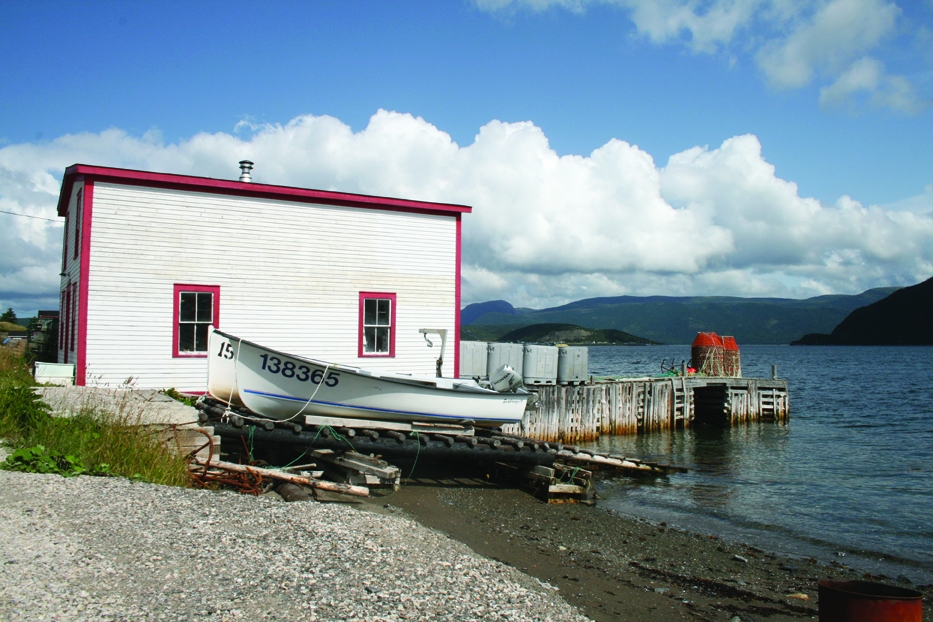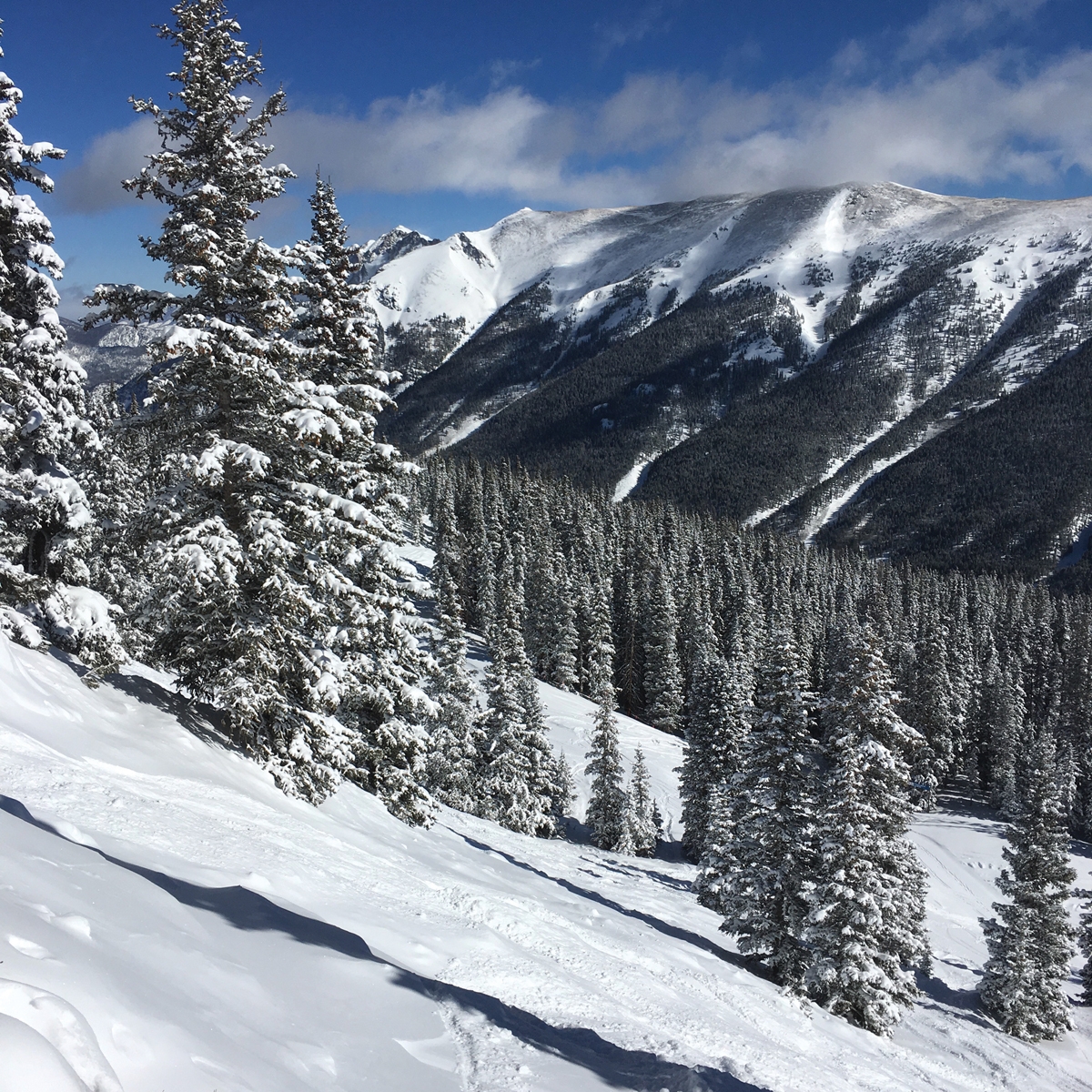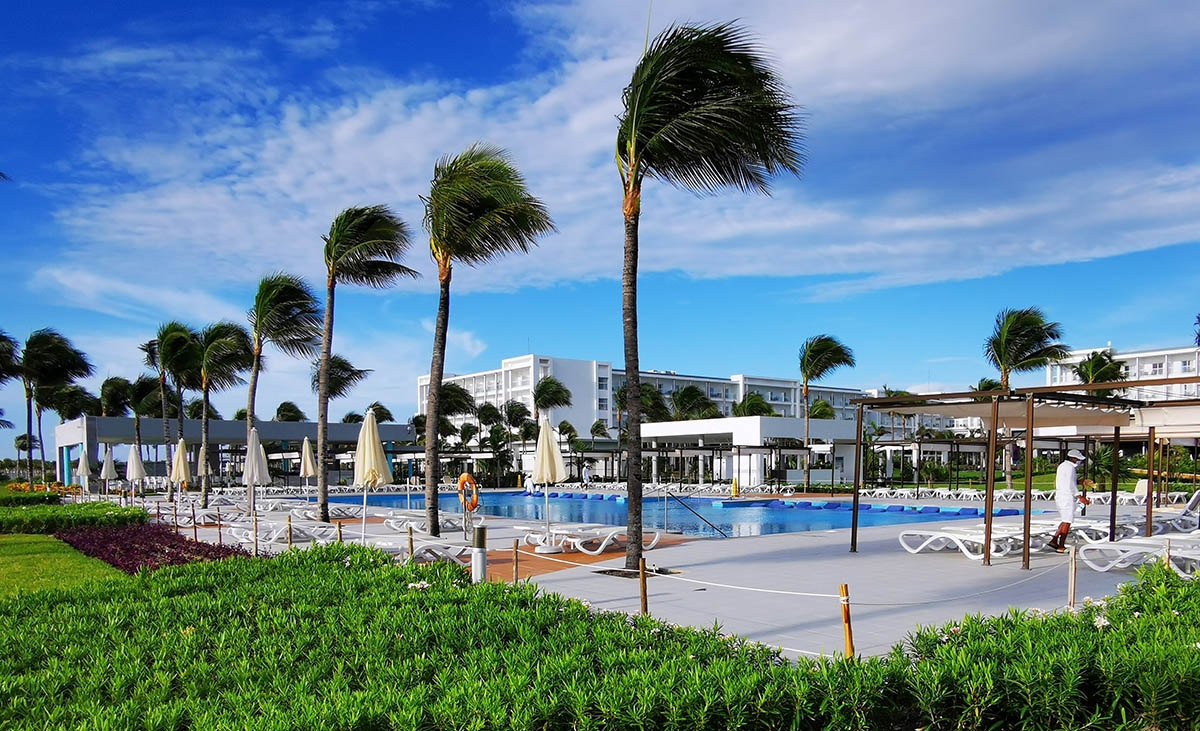
Czech Out the Inspiration Outside of Prague
The Czech Republic is often described as being the crossroads of Europe -a meeting point for various cultures with countless educational and historical points of interest. The Czechs share the culturally-diverse country with Moravians, Silesians, Slovaks, Germans, Polish, Romanians and other nationalities. Their differences over the centuries have cost them dearly in wars and bloodshed. The Czechs have been conquered and re-conquered, repressed and freed, only to be repressed again. However, their spirit for independence has never died. The modern Czech Republic and Slovakia were founded on January 1, 1993, after the division of Czechoslovakia in the post-USSR period. The decision was made by ballot, democratically and peacefully.
While it may be a small country in the heart of Europe, the Czech Republic is a country of great historical and cultural importance. It is a country where historic monuments and entire towns have been included on the United Nations World Heritage List. Through the centuries, the Czech Republic’s contributions to literature, the arts, the humanities, governance, religion and music have been remarkable. The Holy Roman Emperor Charles IV, reformer John Huss (Jan Hus); the “Teacher of Nations” Comenius (Jan Amos Komensky); composers Bedrich Smetana, Antonin Dvorak and Leos Janacek; writers Jaroslav Hasek, Karel Capek and Franz Kafka; Nobel Prize winners Jaroslav Heyrovsky and Jaroslav Seifert; and opera stars Emmy Destinn and Jarmila Novotna are just some of the renowned people from this small area situated in the middle of Europe. After visiting the Czech Republic for the first time and getting a sense of the Czechs’ the strong pride for their history and culture, I understand why it was appropriate that the man chosen to lead the Czech people to their freedom from the Soviet Communists in the early 1990s was the internationally acclaimed writer and poet Vaclav Havel.
The Czech Republic serves as the hub of several major areas, including Western and Eastern Europe, the Balkans and Scandinavia. It also shares the longest border with the Federal Republic of Germany — the strongest economical power in Europe. The physical land area of the Czech Republic puts it within the category of smaller countries. In size order, it falls into 21st place, following Hungary, Portugal and Austria, ahead of Ireland, Lithuania and Latvia. The number of inhabitants places the total population of the Czech Republic 14th in Europe after Hungary, Portugal and Belorussia, and ahead of Greece and Belgium.
Prague is the capital of the Czech Republic and is generally considered to be one of the world’s most beautiful capitals with an exquisitely preserved historical center and highly efficient modern infrastructure. After surviving the German occupation of World War II and forty years of communist rule, the Czech Republic has spent the past 15 years transitioning into a completely restructured free-market economy. Tourism is at the forefront of that market, and Prague remains the greatest tourist magnet. Picturesque all year round, Prague is said to be most beautiful in spring when it comes alive with blossoms. The concert halls and gardens of the city attract music-lovers from all over the world who enjoy The Prague Spring Festival, in April and May. Winter in Prague, especially the pre- Christmas season, is also very popular. The city is splendid with wondrous lights and boasts activities that are mainstay attractions. However, for the locals, this is a time for people to visit the mountains. The Giant Mountains are the highest and most beautiful range in the country. Likewise, summer is a time for hiking in the countryside or swimming in the countless lakes and reservoirs. At this time of year, South Bohemia’s lakes and extensive forests, is the place to visit. Additionally, autumn is the best time to visit the wine festival in South Moravia, after the grapes have been harvested.

My trip would take me to north-eastern Bohemia during the “Indian Summer” autumn period. The region’s name is derived from the Celtic tribe Boii, who were the first inhabitants of the area. There is also definitive evidence that the region was once occupied by the Slavs in the 6th century A.D. My goal was to visit the many sites in the Czech Republic that are listed in United Nations World Heritage compendium while also making stops in the towns along the route to get a sense of the local customs, food, history and heritage.
We left Prague by bus and travelled 75 km to Chlumec and Cidlinou to visit the castle Karlova Koruna , which means “Charles’ Crown” (www. kinskycastles.com/castle-karlovakoruna. htm). Designed by the Italian baroque architech Jan Santini Aichel, the castle (Charles’s Crown) is one of the foremost Baroque castles in the Czech Republic. It is being renovated to its glorious pre-communist splendor and will be one of many castles showcasing both the Italian influence on design and the impact the Catholic Church had on the people of this region. Next we visited Hradec Kralove (www.hradeckralove.cz), once a royal fortress town in the centre of East Bohemia whose beginning dates back to the year 1225. Today, its unique collection of historical sites and structures consists of gothic, renaissance and baroque monuments. The city also takes pride in its modern architecture monuments from the 20th century. The masterpieces from such architects as Gocar or Kotera contributed greatly to the Czechs giving the city the title “The Salon of the Republic.” While visiting we stopped for lunch at the Protrena husa Restaurant. This was my first real experience with local Czech food and they did not disappoint. I tried the roast goose and it was one of the highlights of the trip. I’m told by chefs that cooking goose is an art. If so, Czechs have it mastered.
Czech Inspiration (www.czechinspiration. cz) is the coming together of eight historical Czech towns (Cheb, Jind?ich?v Hradec, Hradec Kralove,Kutna Hora, Litomysl, Poli?ka, Telc, Trebon) to jointly promote their region on the premise that there is more to the Czech Republic than just Praque. It is easy to spend a day or two in each of these towns. Each offers an array of history, culture, food, museums and the arts. Oh, and did I mention how beautiful and picturesque they are, or the friendly demeanor of the locals? Litomyšl features a gothic town hall and a stately renaissance home decorated with over 8,000 original graffiti. The unique architecture of the building led to its entry in the UNESCO World Heritage list in 1999. It is the native town of Czech composer Bed?ich Smetana. In the main square you will find a Gothic town hall and a number of Renaissance and Baroque buildings. The most significant is the 16th century Knights’ House (D?m U Rytí??), which currently houses an art gallery. Other places of interest include a unique museum called the Portmoneum which features wall paintings and furniture carved by Czech artist Josef Váchal
The picturesque town of Poli?ka is in the Bohemian-Moravian Highlands. It boasts a long history and a number of preserved historic sites. Not far from Poli?ka is the early Gothic castle of Svojanov, one of the oldest in Bohemia. A UNESCO Heritage site since 1992, Telc? lies in the southwest of Moravia in the Czech-Moravian Highlands. The Jesuits were based here in the 17th and 18th centuries and left behind a whole complex of baroque buildings. The town of Trebon was founded in the middle of the 12th century and lies in the middle of a landscape conservation area which is now a UNESCO Biosphere Reserve. The sprawling Trebon Castle is one of the biggest in the Czech Republic. It is surrounded by a magnificent park and fortified wall. It is worth taking a trip to the Czech Republic to spend a week visiting these eight Czech Inspiration towns!

A visit to the Museum of Merkur (www.merkurtoys.cz) is an interesting side trip. In the post-WWII period, the west had its Lego toys (which have since gone global) and the east bloc countries had their Meccano sets. A Czech invention, they were built in a factory in Polic nad Metuji, Bohemia. Next, it’s a short trip to the town of Broumov (www.broumov-mesto.cz). The Hospital Church of The Holy Spirit is situated on the outskirts ot town. This church was first mentioned in the 14th century. Originally a wooden church, it was rebuilt in 1450 and in 1689 it was reconstructed in stone. In learning the history of this small church you can learn much about the history of this region and its cultures. A very worthwhile stop!
One of the nicest towns in the Czech Republic is the historic border town of Náchod which was established in 1254 along the banks of the Metuje river. Today the town is a natural, historical, tourist, administrative and industrial centre of the area — from the entry at Branka (which means “gate”) up to the whole Broumov edge. There are many monuments in the town, including a Renaissance castle with a French garden; St. Lawrence’s gothic church in Masaryk square; the old Baroque town hall; the new neo-Renaissance town hall; and the renovated, historic post office. There is a regional museum and a visual arts gallery here, too. With its historic town centre and laid
back atmosphere, the town is the true representation of the modern Czech state. It has a wonderfully renovated hotel called Hotel Bernanka (www. hotel-beranek.cz) and boasts partial ownership of one of the Czech Republic’s most famous breweries, Primator Beer. The Primator brewery is in the town and welcomes organized visits. Of course, at the end you can try the beer.
Another great gem is the town of Mlada Boleslav which is the home to the Skoda Museum.(www.skoda-auto.cz). This museum was one of the highlights of my visit to the Czech Republic. Skoda has been around longer than Ford and the museum takes you all the way back to their origins through the present day. The town also boasts a restaurant called the Galatea which serves a great Czech autumn stew.
After traveling the Bohemian and nether regions of the Czech Republic, we returned to Prague and all of the incredible historic sites and culture the city has to offer. We took a guided walking tour of the historical centre of Prague (www.prague-info.cz), stopping for a wonderful dinner at the U Karlova Mostu Restaurant in the city centre before departing on an evening boat trip through the city (www.prazskebenatky.cz).
Immensely charmed by this country and its people and history, I can’t wait to return. If you visit the Czech Republic, plan your trip by spending the first two days in Prague. Then, travel into the regions and do the Czech Inspiration Tour before returning to Prague for another day or two. It is a trip you’ll not forget… and never regret!













